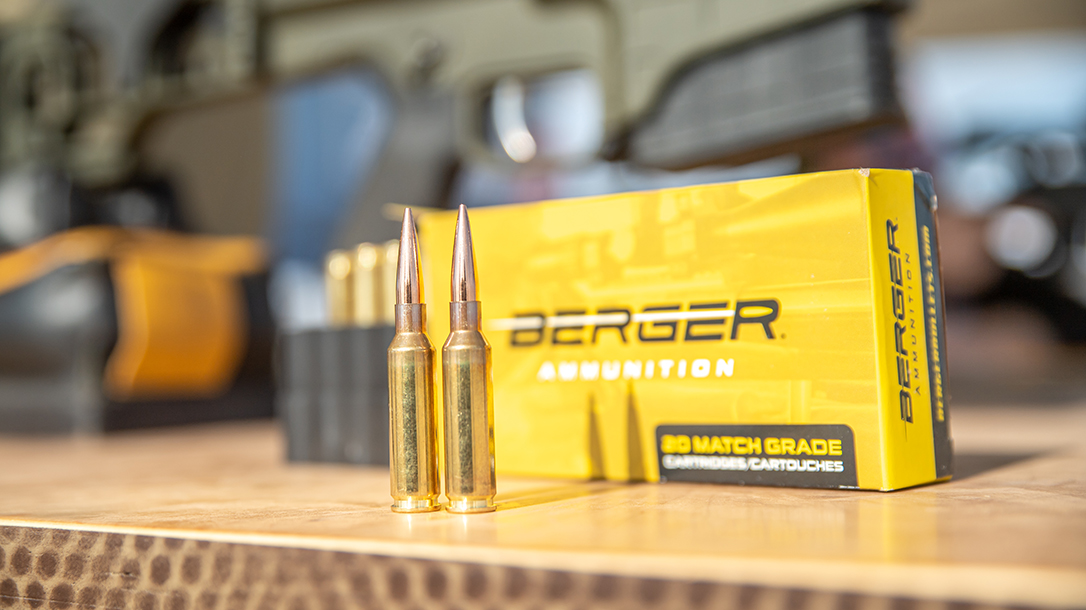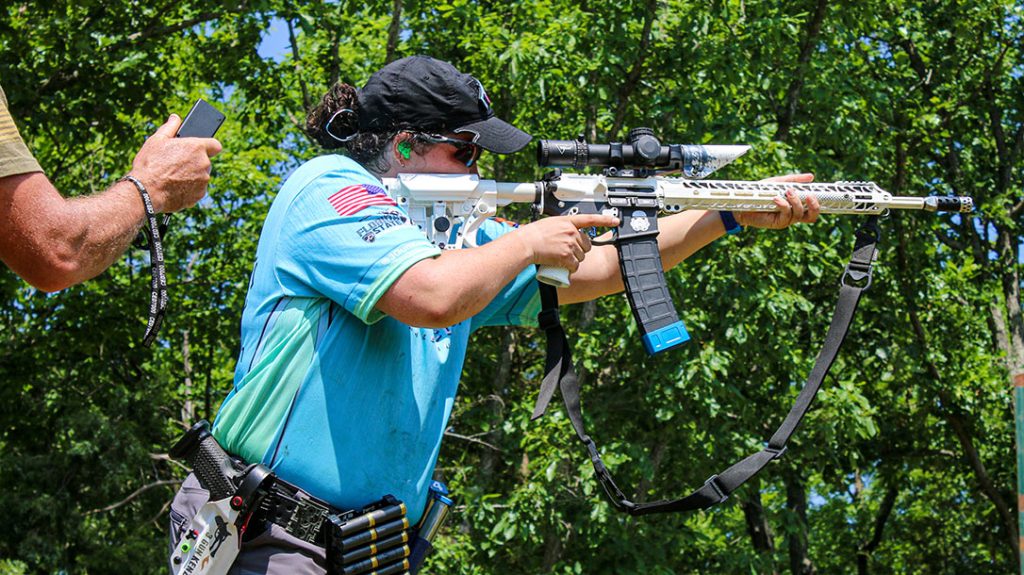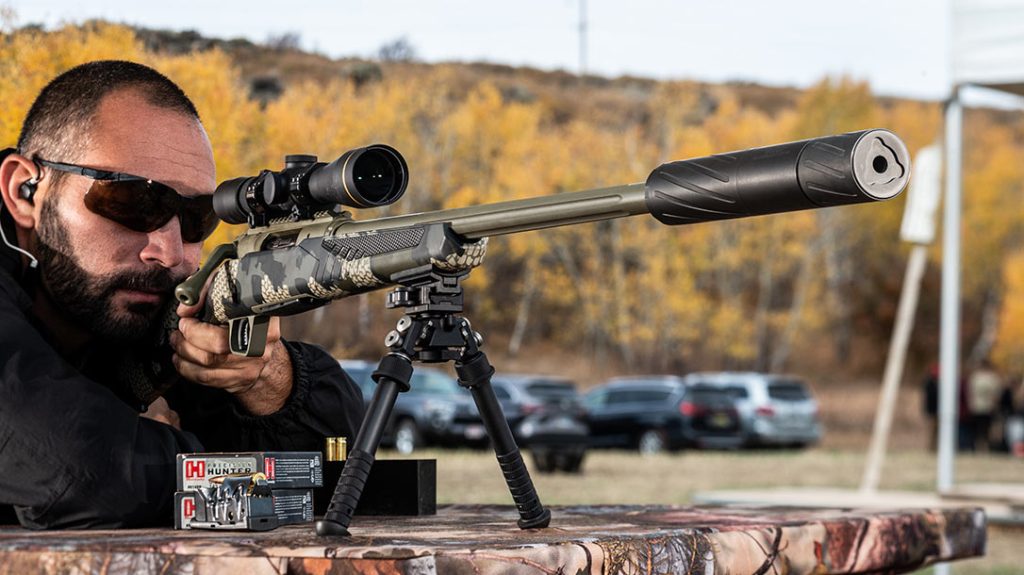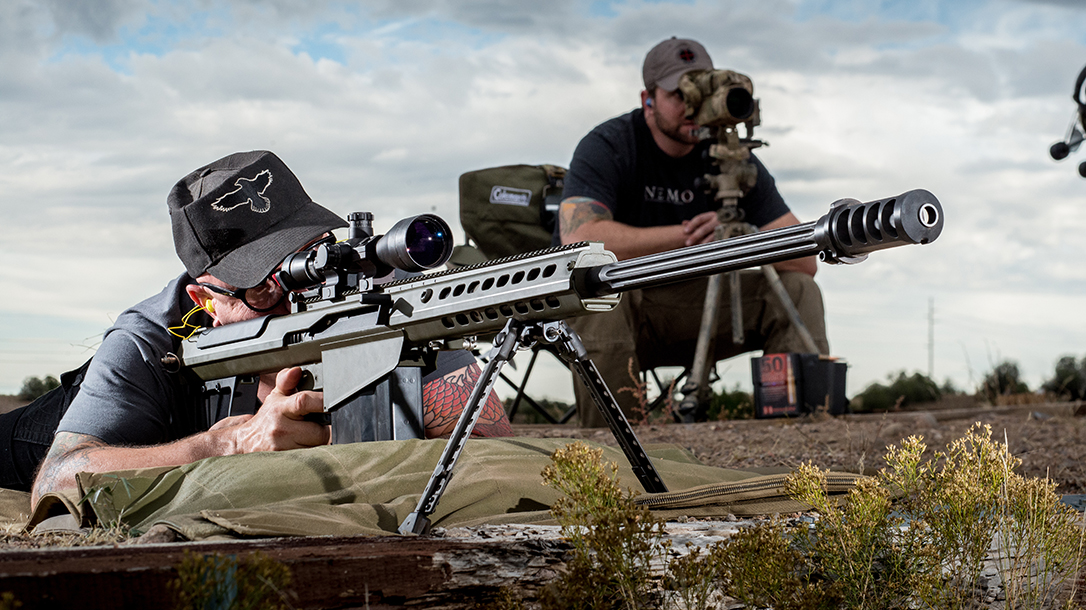In a 1789 letter to physicist and clockmaker Jean-Baptiste Le Roy, Benjamin Franklin wrote of our newly founded country: “Our new Constitution is now established, and has an appearance that promises permanency; but in this world nothing can be said to be certain, except death and taxes.”
In making his historic statement that has been repeated millions of times since, Franklin omitted a few other certainties—notably Newton’s Laws of Motion, which Sir Isaac Newton penned a century earlier. And one of those laws—Newton’s 3rd Law—is important to this discussion.
Newton’s 3rd Law states: “Whenever one object exerts a force on another object, the second object exerts an equal and opposite on the first.” Another way it is often described is the way we learned it in junior high school: “Every action has an equal and opposite reaction.”
Advertisement — Continue Reading Below
Handling Rifle Recoil for Better Shooting
That leads us to firearms. When a gun is fired, the firing pin strikes a primer (or rim, if it’s a rimfire cartridge), sparking an explosion of the gunpowder inside the casing. The force from that explosion propels the bullet (or shot) down the barrel and out the muzzle of the firearm at varying velocities depending on caliber, load and a number of other factors.
Weaker cartridges, like .22 Long Rifle, fire a 40-grain .22-caliber bullet at about 1,100 to 1,300 feet per second (fps). Other more powerful cartridges, like the .223 Rem. used in AR-15-style rifles, fires a 55-grain .22-caliber bullet at about 3,250 fps. Most other rifles fire bullets of varying sizes at speeds somewhere between that of the .22 LR and the .223 Rem.
When the powder explodes, it creates a lot of force pushing the bullet down the barrel. And that’s when the “equal and opposite” force comes in. By the very nature of physics, the gun experiences a backward motion of equal force. That’s what we call recoil, or sometimes “kick.”
Advertisement — Continue Reading Below
Big Bullets & Big Recoil

Of course, guns propelling heavier bullets at faster speed produce more backward force, while guns shooting lighter bullets at slower speeds produce less. Fortunately, there is another factor that ensures the shooter doesn’t get all the backward force from the powder propelling the bullet downrange. The heavier the firearm, the more recoil energy it takes to move it backward into the shoulder. Thus, with two guns of the same caliber firing the same bullet, the heavier one will exhibit less felt recoil than the lighter one. Also, semi-auto guns that are gas driven use some of the gas to run the bolt, lessening the recoil that reaches the shooter.
All this is to say that there’s nothing to fear from recoil. It’s an irrefutable function of nature. That said, let’s explore a few ways to handle the rifle recoil we now know is just a simple matter of physics.
Advertisement — Continue Reading Below
Pull The Butt Tight Against Your Shoulder
If you leave any gap between your shoulder and the butt of your rifle, you’ll experience a lot more felt recoil when you pull the trigger. Pull it in tight to your shoulder and lean into it before firing. It will make a lot of difference.
Grip It Right
Having a good grasp on your rifle, both at the grip and the forearm, can help reduce felt recoil. That’s because you are absorbing some of the backward force with your hands, wrists and arms.
Get A Good Rest Or Stance

Advertisement — Continue Reading Below
If standing, a proper forward-leaning stance will allow your lower body to help absorb some of the force. Shooting from a rest, work to build a perfect position where the stock pushes tight against the shoulder. Shooting from weird positions almost always makes it feel like a gun is kicking harder.
Choose The Right Gun/Ammo Combination
If you want to reduce recoil for your gun, use ammunition with smaller bullets and lower velocities. That’s not always practical, however. For those particularly sensitive to recoil, using a heavier gun will allow them to shoot the same ammunition with less felt recoil.
Practice Until Accustomed to It
When you first start shooting a rifle, the recoil can be quite startling. But the longer you shoot your gun, the more accustomed you become to it. Shoot your rifle frequently, and the recoil will soon become just a part of your fun shooting experience. Pull it out of its case and shoot it only once a year, and the recoil is likely to be the first thing you notice.
Advertisement — Continue Reading Below
Use A Muzzle Brake Or Suppressor

For rifles with threaded barrels, adding a muzzle brake or suppressor can help reduce recoil. Muzzle brakes allow some of the gas to exit before the bullet leaves the muzzle, leaving less energy pushing backward. Suppressors trap and disperse the explosive gasses propelling the bullet, also reducing rearward force.
To always enjoy shooting your rifle, whatever the caliber, simply embrace recoil as a fact of life, quit worrying about it and try some of the tips mentioned above. You’ll get much more enjoyment from your shooting after you do that.
Advertisement — Continue Reading Below
Find a place to shoot at NSSF.org.
























